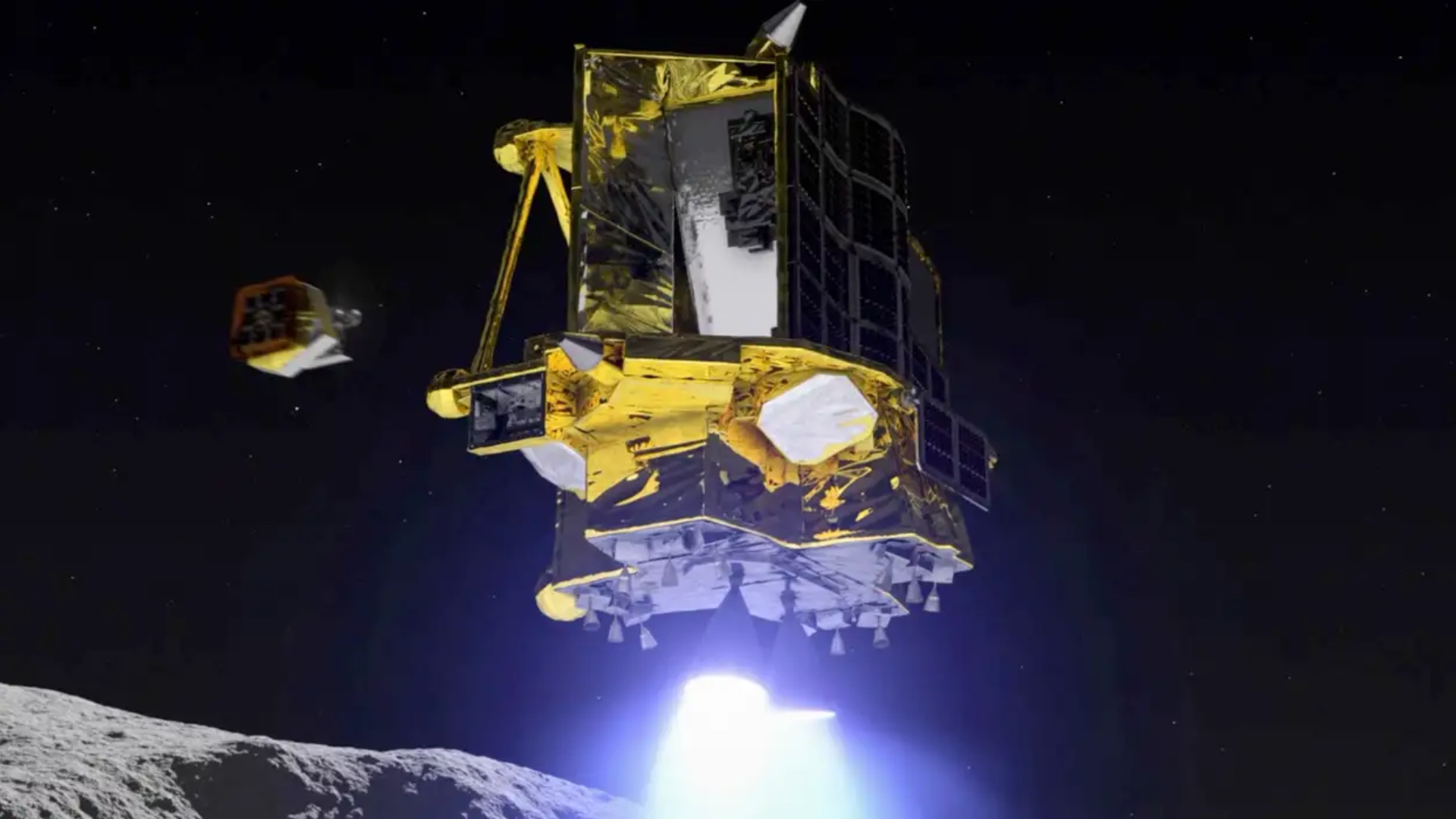










In a historic achievement, Japan has joined the elite club of nations completing a soft landing on the moon with its ‘Moon Sniper’ robotic explorer. The Japan Aerospace Exploration Agency (JAXA) announced that the uncrewed Smart Lander for Investigating Moon, or SLIM, touched down precisely on the lunar surface, marking Japan as the third country to achieve this feat in the 21st century and the fifth overall.
However, the jubilation is tempered by the looming threat of a premature end to the mission. CNN reported that the spacecraft’s solar cell, crucial for generating electricity, is not functioning as expected. The lander is currently running on limited battery power, expected to last only several hours. JAXA is working to analyze the data and determine the cause of the solar cell issue. The spacecraft’s orientation may be a factor, according to JAXA officials.
As the mission hangs in the balance, hope remains that changes in the lunar-solar angle might allow the solar cell to recharge. The timing, however, is uncertain, and the survival of SLIM through the frigid lunar night is a key concern.
Despite the power challenges, JAXA deems the mission a “minimum success” as SLIM achieved a precise and soft lunar landing using optical navigation. JAXA director general Dr. Hitoshi Kuninaka, known for his candid assessments, gave the landing operation a score of “60 out of 100.”
The SLIM lander affectionately dubbed the “Moon Sniper,” launched in September and carried new precision technology for a “pinpoint” landing. Unlike previous lunar missions covering vast areas, SLIM targeted a landing site just 100 meters (328 feet) wide, showcasing its “smart eyes” technology for image-matching-based navigation.
In addition to the soft landing, SLIM successfully deployed its lunar rovers, LEV-1 and LEV-2. LEV-1, equipped with visible light cameras, scientific instruments, and antennas, moves using a hopping mechanism. LEV-2, also equipped with cameras, can change shape for mobility across the lunar surface.
As the JAXA team awaits more data from the lunar rovers, they are working diligently to confirm the accuracy of SLIM’s landing, a process that may take up to a month. The world anxiously watches as Japan’s ‘Moon Sniper’ mission continues its ambitious quest amid the challenges of the lunar landscape.









